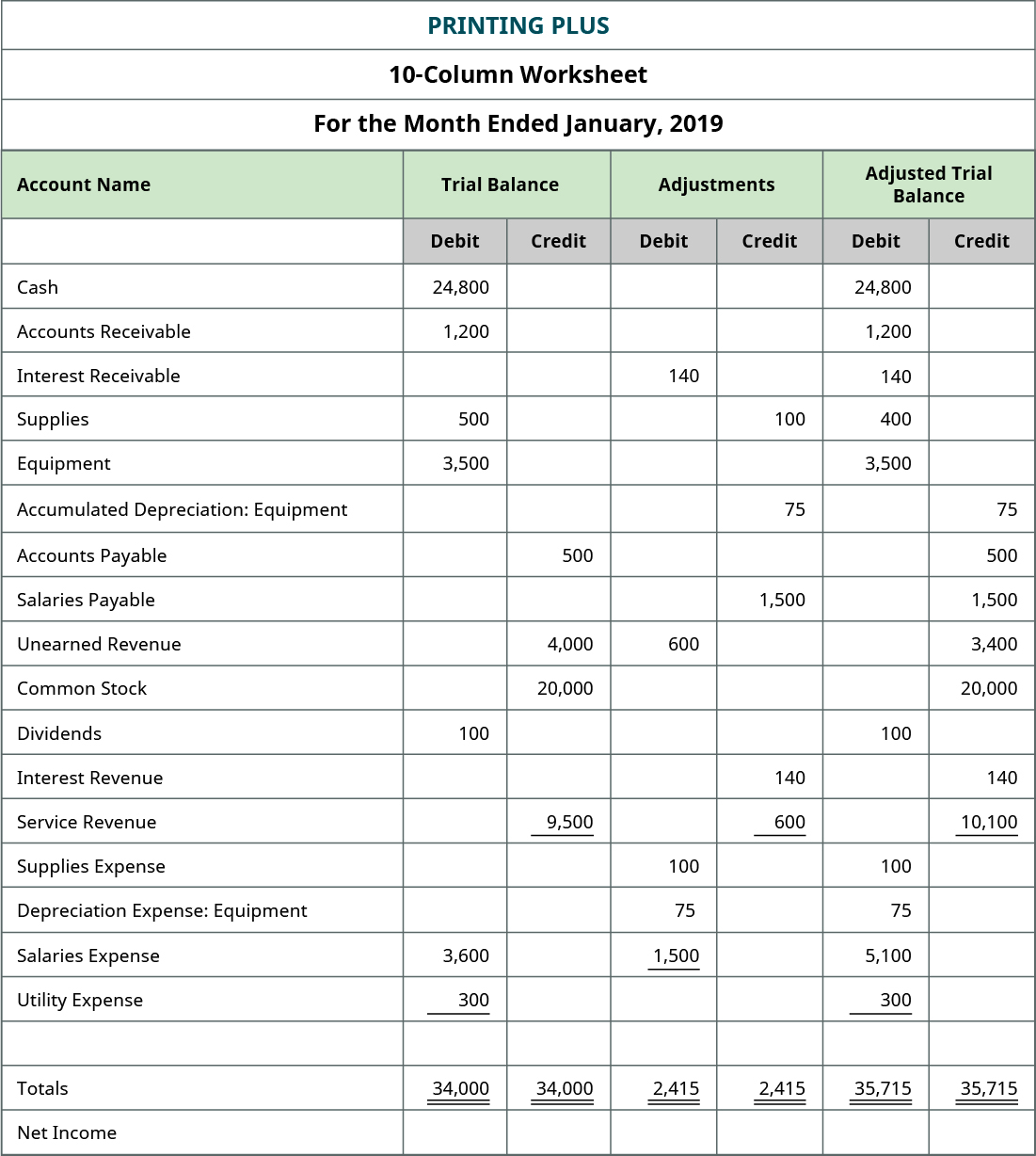
Plus, these lightweight materials allowed our feet to breathe during our runs. We also took them on lots of runs because they were our favorite shoes for running. While we assessed their ground feedback, we also kept notes on their traction. This makes it much harder to roll over the side of your foot because there is less play in the shoe, and this lack of play can even help prevent early pronation. However, not all barefoot shoes have the same level of stability.
Get support and advice
Plus, you can now customise your columns and save your preferred view as a default. These small (and highly requested) improvements will make it easier to track your inventory, to ensure you have the right stock on hand. Join the Xero community of accountants and bookkeepers for more efficient collaboration, task automation and streamlined workflows. Join over 100,000 accountants and bookkeepers using Xero in their practice.
Convert your clients’ accounting data
They have a unique lug pattern that isn’t typically seen in barefoot shoes. Most have almost no lugs or something that resembles an inverted lug pattern. These, on the other hand, have an exposed lug pattern that bites into hardpack trails. The lugs have a chevron pattern with sharp edges that grip onto dirt and rocks.
How to Choose Barefoot Shoes for Women
When you join and become Xero-certified, you get a Xero subscription for your practice, plus access to Xero HQ for managing clients. Join over 250,000 accountants and bookkeepers using Xero in their practice. Get the tools and benefits to help you advise with confidence. Together we’ll help you guide clients to better business decisions. Learn how to switch your clients and practice over to Xero, and get the most out of the Xero partner program.
All pricing plans cover the accounting essentials, with room to grow. Tax time is less stressful with a system that’s easy for your whole team to use. Mr. Rose has a green MBA from Presidio Graduate School (emphasis on finance and carbon markets) and a BA in History and Anthropology from Pitzer College. All firms listed in the directory have staff members trained in Xero and eight or more clients on Xero. We specialize in Vend & Kounta POS systems setup as well as Xero cloud accounting setup and POS integration.
Apps that work with your real estate business

MTS Health Partners is a leading boutique investment bank that provides strategic and financial advice to the healthcare industry. We foster trusted client partnerships, creating alignment to achieve their goals. We provide our clients with creative thinking, candid advice, and commitment to results, advising them in pursuing the right strategic pathways rather than simply focusing on transactions. Through close client partnerships based on trust and shared commitment, we are at your side and on your side, every step of the way.
- The upper is short and dug into the top of our forefoot, where the laces begin.
- As your practice moves from new partner to bronze, silver, gold and platinum status levels, you’ll unlock more benefits.
- Tax time is less stressful with a system that’s easy for your whole team to use.
- Log in using your laptop, phone or tablet and get a real-time view of any client’s accounts.
The Xero Shoes HFS II are worthy of your consideration, especially if you plan on taking them off-road or on some runs. They have a tread pattern that is not usual for barefoot shoes. They have a more low profile fit, though, so those with high arches might find them a little snug through the forefoot.
When you reach bronze partner status, you’ll get a free listing that you can customize to showcase your expertise. As your practice moves from new partner to bronze, silver, gold and platinum status levels, you’ll unlock more benefits. These include badges to promote your status online, free access to tools like Xero Practice Manager and Xero HQ to help manage your practice, and a discount on Xero business plan subscriptions for your clients. Once you’ve joined the Xero partner program, we’ll get in touch to help get you started.
Yes, the Xero App Store has hundreds of apps to help manage your business, including apps specifically designed for your industry and for doing business wherever you are located. No – Xero is based in the cloud, so all you need is an internet connection. But you need a multi-factor authentication (MFA) app to log in to Xero. MFA extra layer of security by checking that it’s really you when you log in. We took these shoes on all sorts of outings, from walking the dog and grocery shopping to trail running and lifting in the gym. We aimed to get an accurate picture of their ground feedback.
Enjoy additional benefits and free software as you move up the partner status levels from bronze to platinum. Get a free listing in the Xero advisor directory once you reach bronze partner status. By the nature of the product, barefoot shoes are typically not heavy. xero partners They are constructed on lightweight materials and very little rubber beneath the foot. Many include an insole that can be taken out for even more weight savings. Between shoes, barefoot shoes are often just ounces apart, most in our lineup weighing under a pound.




 Also, it takes a considerable amount of time for the check to be signed and processed. Therefore, companies always resort to cash for payment to avoid all this hassle. After procuring the petty cash, the custodian will store the petty cash in a box and lock it. The petty cash custodian will be the only person who can access the box. All successful companies pay great attention to their expenses and invest hugely in tracking them. Do you have a method to disburse and efficiently track petty cash expenses in your organization?
We sell high quality
Also, it takes a considerable amount of time for the check to be signed and processed. Therefore, companies always resort to cash for payment to avoid all this hassle. After procuring the petty cash, the custodian will store the petty cash in a box and lock it. The petty cash custodian will be the only person who can access the box. All successful companies pay great attention to their expenses and invest hugely in tracking them. Do you have a method to disburse and efficiently track petty cash expenses in your organization?
We sell high quality 












